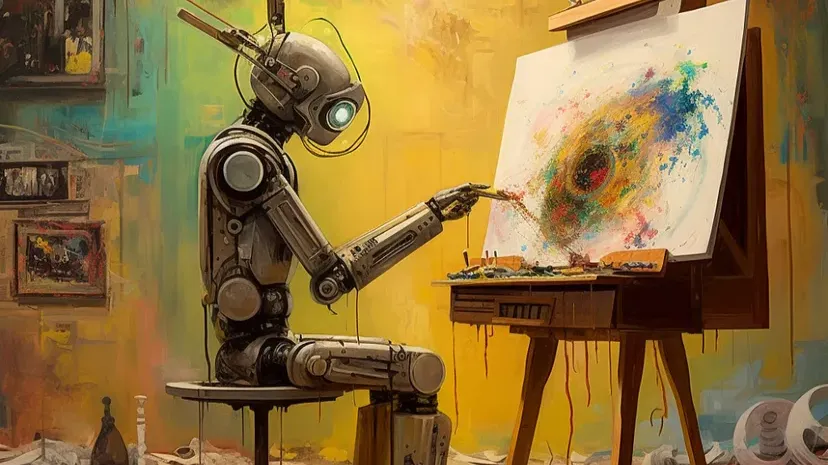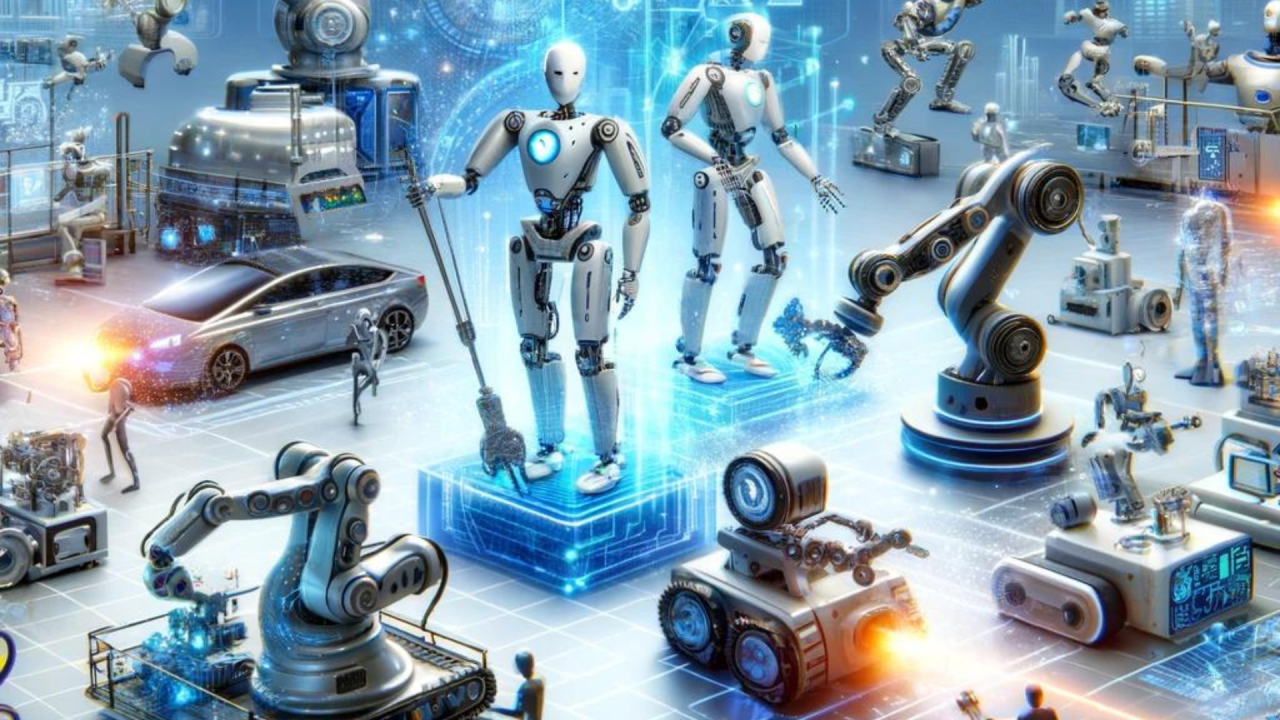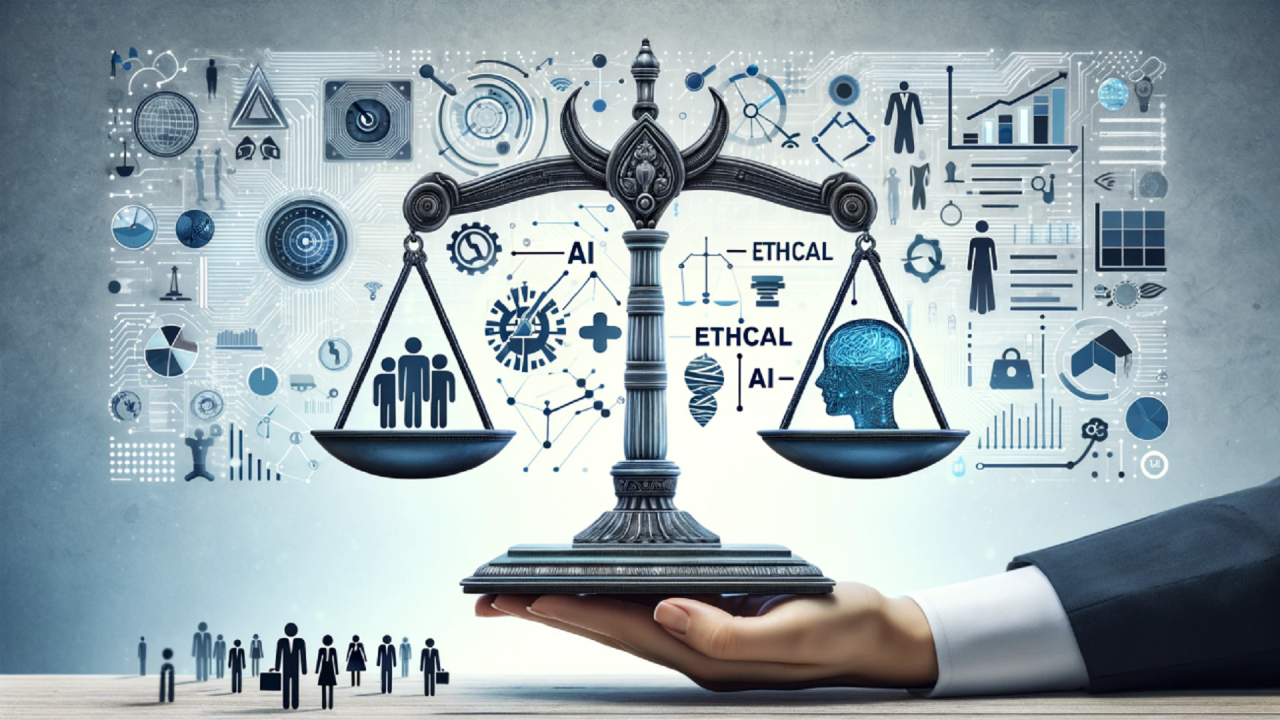Artificial Intelligence (AI) is reshaping the world of art, offering new creative possibilities and transforming how art is created, experienced, and valued. Understanding the latest trends in AI-driven art helps artists, collectors, and audiences explore this rapidly evolving space.
What is AI in Art?
AI in art refers to the use of algorithms, machine learning, and deep learning models to generate, enhance, or collaborate on artworks. AI can create visual art, music, poetry, and even interactive installations, often producing results that challenge traditional definitions of creativity.
How AI Works in Art
AI systems are trained on vast collections of existing artworks, styles, and techniques. By learning from these datasets, AI can generate original pieces, imitate famous artists, or develop entirely new styles. AI can also assist artists by providing design suggestions, completing unfinished works, or creating art based on textual descriptions.
Key AI Techniques Used
Generative Adversarial Networks (GANs): These algorithms generate new images by learning to differentiate between real and fake artworks.
Style Transfer: Allows AI to apply the visual style of one image to another, creating unique combinations of content and artistic technique.
Natural Language Processing (NLP): Enables AI to generate poetry, stories, or even visual art based on written prompts.
Image Recognition: Helps AI understand visual elements, which can be used to curate or categorize large collections of art.
Benefits of Using AI in Art
AI expands creative boundaries by introducing new forms and styles. It allows rapid prototyping, supports collaboration between humans and machines, and makes art more accessible to those without formal training. AI tools also offer new ways to personalize and customize art experiences.
Limitations to Keep in Mind
AI-generated art can raise questions about originality, authorship, and ownership. There are concerns about the ethical use of training data, especially when AI replicates the styles of living artists without permission. Human guidance is essential to ensure AI art aligns with cultural and ethical standards.
Conclusion
AI is driving exciting trends in the art world, from fully autonomous creations to innovative collaborations between artists and machines. Embracing AI in art offers endless creative potential, but it also requires thoughtful consideration of the cultural and ethical impacts as technology continues to shape the future of artistic expression.







Leave feedback about this